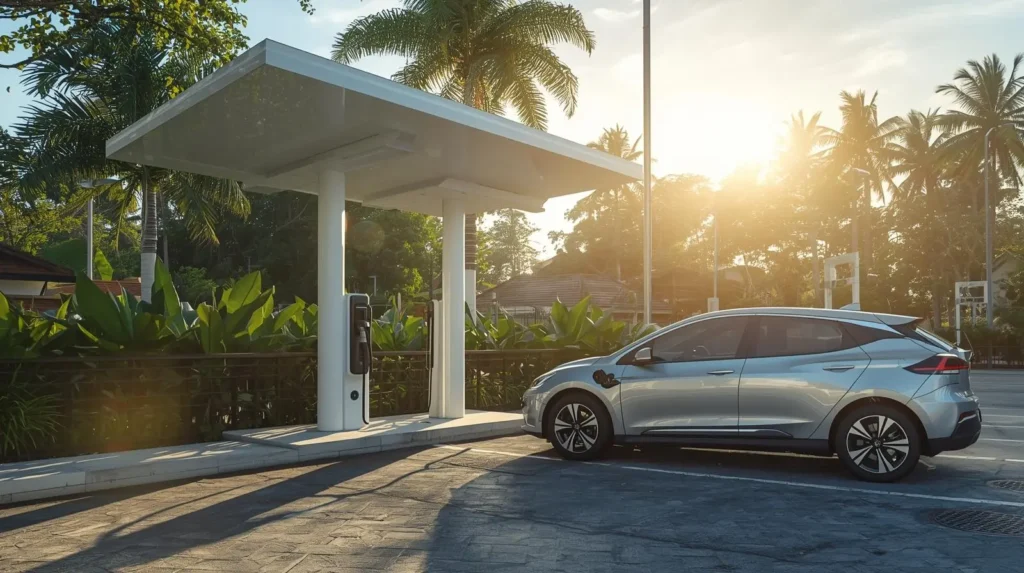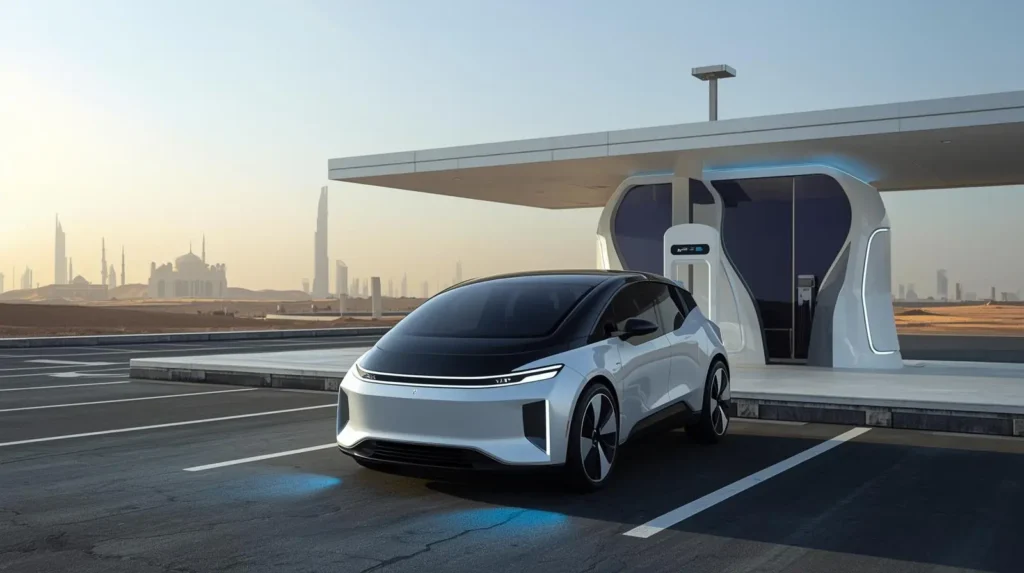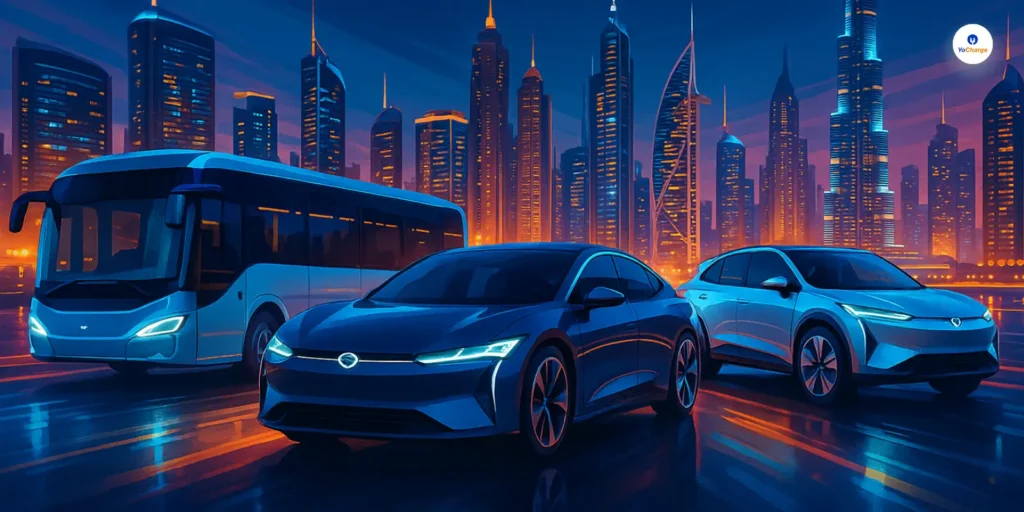The number of electric vehicles on the road is growing. New EV owners need to choose the right charger. Businesses installing public chargers also need to decide which unit to use. Charging at home is common for most EV drivers.
Public charging stations are also growing. For example, a recent report showed over 61,000 public EV charging stations in the US by early 2024. Both owners and site hosts must know what to look for in an EV charger.
Types of EV Chargers to Buy
Electric cars use different charger types. These types use different voltages and charge rates.
Level 1 Chargers
Level 1 chargers use a common 120-volt outlet. They are very slow but require no special installation. A Level 1 charger can take more than 40 hours to charge a battery to 80%. This is fine if you drive little each day. Level 1 is more for emergencies or plug-in hybrids.
Level 2 Chargers
Level 2 chargers use a 240-volt circuit. These are common for homes and public stations. A Level 2 electric vehicle charger can add many miles of range overnight. It can charge an EV to about 80% in 4 to 10 hours.
Many new homes can install a Level 2 wall unit in the garage or parking spot. It needs more power but charges much faster than Level 1.
DC Fast Chargers
Direct current (DC) fast chargers are for public use. They use high power to charge quickly. A DC fast charger can give 80% charge in 20 minutes to 1 hour.
These are also called fast EV chargers or EV power stations. They cost more and need special wiring and equipment. They are often found at shopping centers, highways, or electric vehicle charging stations.
Charging Speed and Power
The charging speed depends on power. For example, a Level 1 charger provides around 1–2 kW and adds only a few miles of range per hour. Higher power (in kW) means faster charging.
A home Level 2 charger might deliver 7 to 11 kW. A public fast charger might deliver 50 kW or more. This speed affects how long a charge takes. For example, 8 hours on Level 1 (120V) adds about 40 miles of range.
Connectors and Compatibility
Check the connector type on the charger and the car. A car charger for EV must match the car’s inlet port. All US EVs use a J1772 plug for Level 1 and Level 2 charging. So most EV owners will use that plug at home.
For DC fast charging, look for CCS or CHAdeMO connectors. Tesla cars may need a special adapter for certain chargers. Also check the cable length. A long cable or flexible cord makes charging easier.
Home Charging vs Public Charging
Most EV drivers charge at home. There are almost ten times more private chargers than public ones. A home charger is often on a dedicated circuit in a garage. It should be easy to use and perhaps support scheduled charging at night. Home chargers can be simpler and cheaper.
Public charging stations need other features. They may have multiple EV charging units at one site. Users pay for power using an app or card.
A public station may need weatherproof housing and signage. It also needs faster charging to serve many cars. Businesses may call a public charger an EV charging station or EV power station.
Installation and Cost of EV Charging
Installing a charger can add cost. A basic Level 2 charger unit may cost a few hundred dollars. For example, some reports say a residential Level 2 charger costs about $380–$690.
Public chargers are more expensive. A public Level 2 port can cost roughly $3,500, and a DC fast charger can cost tens of thousands of dollars.
Electricians must wire the charger. Home installation of a Level 2 charger might add about $1,300 to the cost. Public installation is higher, around $2,500 per Level 2 connector.
DC fast charger installs can be $20,000 or more per connector. Look for incentives or rebates to reduce these costs. Many states and utilities offer rebates or tax credits for EV charging equipment.
Network and Smart Features
Modern chargers can be networked. A networked EV charging unit connects to the internet. It can allow credit card or app payment. It can track usage and give reports.
For example, many public chargers let drivers pay by phone or RFID card. They may also offer apps or timers to schedule charging at night when power is cheaper. They also allow the owner to see how often each charger is used. Some chargers can schedule charging or limit peak power to save money.
Safety and Durability of EV Chargers
Safety is critical. A charger should be certified by a safety lab (UL or equivalent). This means it is tested for safe operation. It should have a ground fault sensor to protect the car and user.
For outdoor use, the charger should have a weatherproof rating. It should be durable and resistant to dust or water. Many EV power stations have a metal case and tamper-proof cables.
Conclusion
Choosing an EV charger means thinking about speed, cost, and use. A charger for home is different from a public charging station. New EV owners should pick a charger that fits their car and home.
Business owners should pick sturdy, high-power stations with payment systems. In every case, pick an EV charger that is safe and fits your needs. In addition, check that the EV charger comes with a good warranty and support. The right electric vehicle charger will be safe, the right speed, and the right price.
Also consider how far you drive each day. If you often travel long distances, a fast charger can save time. If you drive only a few miles, a slower charger may be enough. This guide should help you know what to look for in an EV charger.



